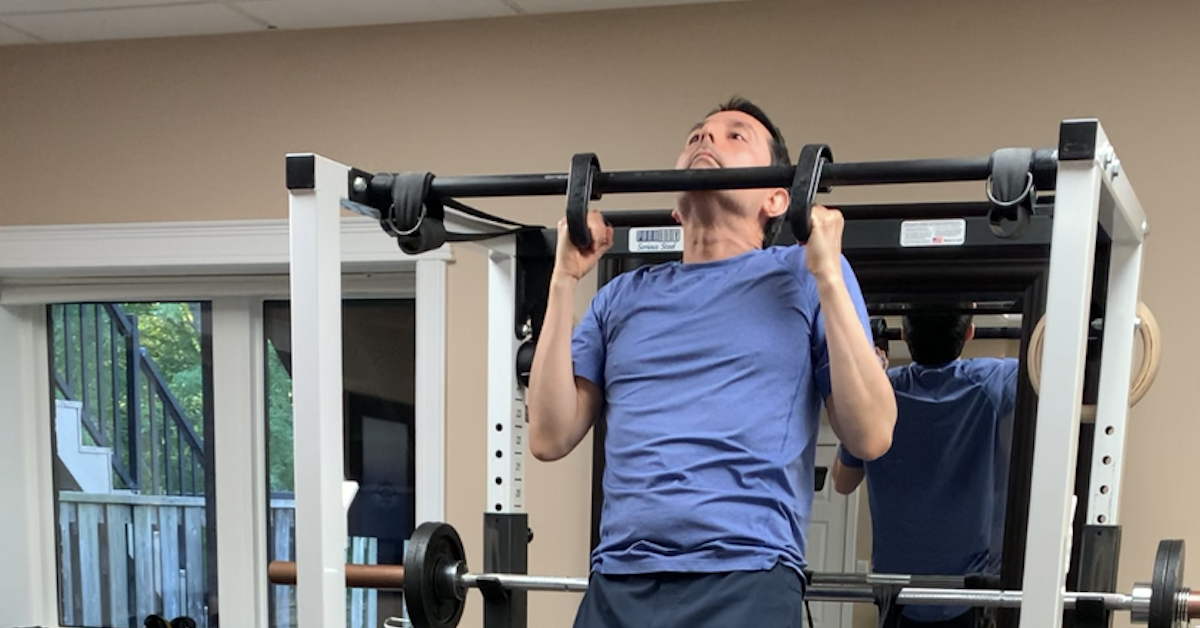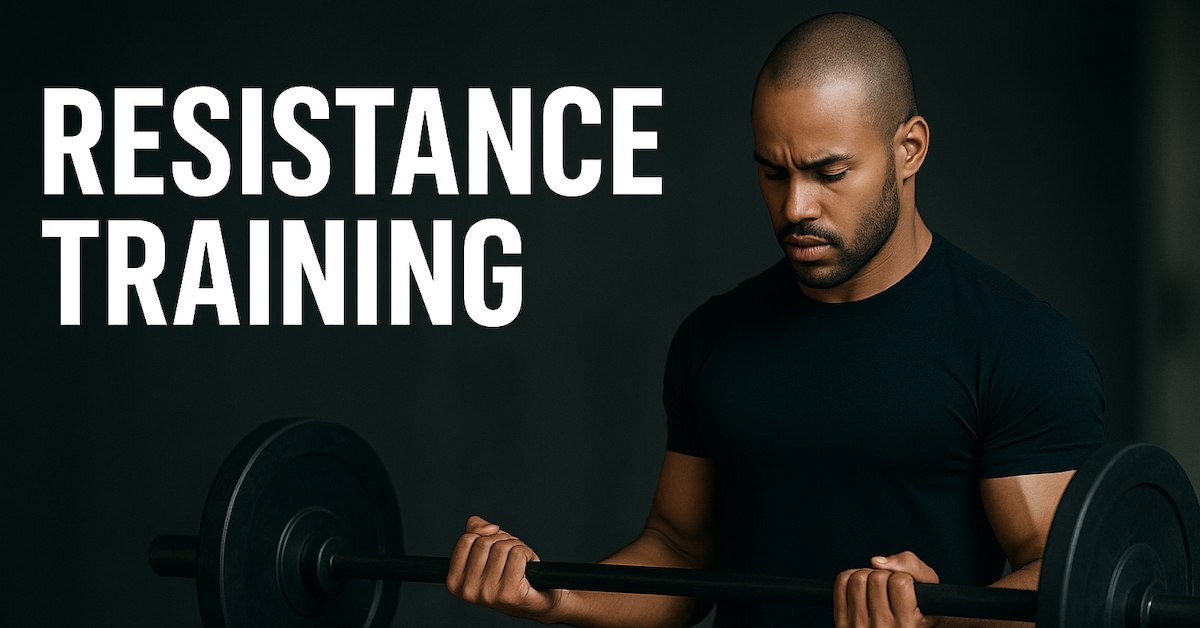If you want to build a serious set of abdominals, make sure to include these foundational exercises—and their variations—into your routine: squats, deadlifts, pull-ups, and standing overhead presses. These multi-joint movements demand strong abdominal engagement to stabilize the core, especially under heavy loads. It’s not uncommon to hear people complain of abdominal soreness a day or two after performing multiple sets of pull-ups or standing military presses. Done with a decent weight and strict form, these upper-body movements will activate midsection fibers you never even knew existed!
Your abdominals act as a natural girdle—or weight belt, if you will—when performing all exercises, particularly squats and deadlifts. These muscles serve as a bridge between your upper and lower body and play a crucial role in stabilization.
Even isolation exercises like pullovers, curls, and triceps pressdowns require a fair degree of core stability. However, the loads used are relatively low compared to the big four mentioned above. In fact, when large loads are used, isolation becomes virtually impossible, and in many cases, the tension developed in the stabilizers equals—or even exceeds—that of the prime movers. The abdominals can be trained quite effectively as stabilizers, and the physiques of top Olympic weightlifters are proof of that.
Muscle Fiber Makeup
If you’ve been grinding out thousands of reps of wimpy little abdominal exercises, it’s no surprise you’re stuck in a rut. The rectus abdominis, or the “six-pack” muscle, contains a higher percentage of fast-twitch (type II) fibers and should be trained accordingly. Here’s how to maximize their activation:
- Prioritize multi-joint, compound movements
- Train through a full range of motion
- Perform explosive concentric (lifting) actions and slow eccentric (lowering) actions
- Do multiple sets of low reps with heavy loads
- Allow sufficient rest between sets
See page 31 of The Elite Trainer for a routine that capitalizes on the fast-twitch nature of the abdominals, training them both as stabilizers and prime movers.
Tomorrow, we’ll tackle whether the abdominals should be divided into upper and lower classifications and discuss the ideal exercise order for maximum effectiveness.

From Zero to Two: Leo’s Chin-Up Breakthrough
When Leo began training with me in September 2024, our first goal was to improve body composition — lose fat,

Resistance Training Foundations: How to Progress Safely and Build Real Strength
Resistance training isn’t just for bodybuilders. Whether you’re just starting out, returning after a break, or training for performance, knowing

Neck Extensions Before Arm Curls: Unlock More Strength
When most people warm up for arm curls, they’ll hit a few light sets or maybe stretch out a bit.
follow
Error: No feed with the ID 2 found.
Please go to the Instagram Feed settings page to create a feed.
